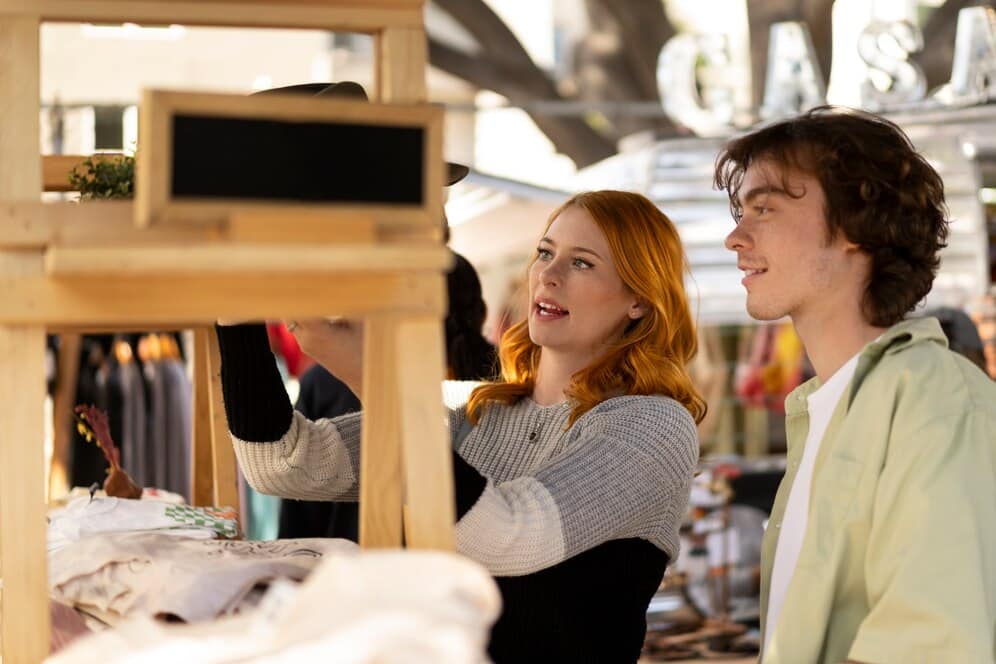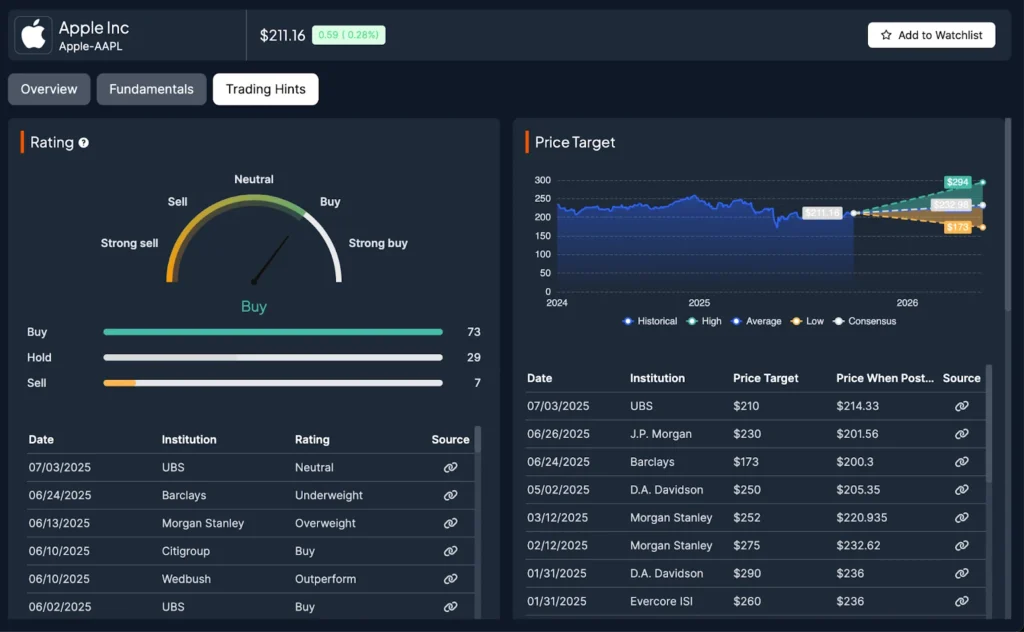7 Essential Strategies for Effective Retail Mystery Shopping in Australia

Mystery shopping has emerged as a vital quality assurance tool in Australia’s competitive retail landscape. Businesses increasingly rely on trusted retail mystery shopping Australia programs to gain unbiased insights into customer experiences, staff performance, and operational compliance. These covert evaluations provide retailers with authentic feedback that traditional customer surveys cannot capture, enabling them to identify service gaps and implement targeted improvements. As consumer expectations continue to evolve, mystery shopping offers a strategic advantage for retailers committed to excellence, helping them understand the nuanced interactions between staff and customers while ensuring brand standards are consistently maintained across multiple locations.
Selecting a Reputable Mystery Shopping Provider
Finding the right mystery shopping company requires careful consideration. Look beyond price to examine their industry experience and methodology. Established providers like ServiceSpy, Hoed, and ABa Quality Monitoring have developed robust systems tailored to Australian retail environments. Request case studies and client testimonials to verify their track record. The most effective providers typically offer customizable programs rather than one-size-fits-all solutions, and they should demonstrate comprehensive understanding of retail compliance requirements specific to Australian states and territories.
Designing Realistic Shopper Scenarios
The strength of your mystery shopping program hinges on creating authentic scenarios that reflect typical customer journeys. Move away from overly scripted interactions that staff can easily spot. Consider your customer demographics when crafting scenarios – a luxury retailer requires different shopper profiles than a discount store. Include specific tasks that test protocol adherence without being obvious, such as requesting unusual product combinations or presenting complex return situations. Some retailers find value in incorporating seasonal variables to assess how staff handle peak period pressures.
Training Your Mystery Shopper Team
The people conducting your evaluations need thorough preparation. Effective shoppers require more than just observation skills – they need contextual knowledge of your industry standards and current promotional activities. Consider implementing a tiered shopper system where proven evaluators handle more complex assignments. Brief shoppers on specifics without overwhelming them with corporate jargon that might influence their natural customer perspective. Many Australian retailers now prefer using shoppers from varied age groups and cultural backgrounds to reflect their diverse customer base.
Crafting Comprehensive Evaluation Forms
Your assessment tools determine the quality of data collected. Strike a balance between objective metrics and subjective impressions in your forms. Include timestamp capabilities to verify visit authenticity and duration of customer interactions. Avoid leading questions that prompt specific responses, instead using behavioral indicators that reflect genuine service quality. Progressive retailers are moving beyond numerical ratings to incorporate narrative descriptions of emotional responses to service encounters.
Leveraging Technology for Real-Time Insights
Modern mystery shopping programs benefit substantially from technological integration. Mobile reporting platforms enable shoppers to document observations immediately, enhancing accuracy. Consider systems that allow for discreet photo or audio documentation where legally permissible. Geolocation verification adds another layer of visit authentication. Leading Australian retailers now utilize dashboard analytics that aggregate mystery shopping data with other metrics like sales performance and staff scheduling to identify correlations between service quality and business outcomes.
Implementing Constructive Feedback Systems
The true value of mystery shopping emerges through how findings are communicated. Develop a structured approach to sharing results that emphasizes improvement rather than punishment. Consider the timing of feedback—immediate sharing can address urgent issues, while aggregated reporting reveals patterns. Create visually engaging reports that highlight both positive achievements and growth opportunities. Successful retailers pair mystery shopping feedback with targeted coaching sessions rather than simply distributing reports.
Measuring ROI Through Service Recovery
Quantify your mystery shopping program’s impact by tracking specific performance improvements. Calculate the financial impact of service failures identified through mystery shopping, then measure reduction in these incidents over time. Monitor customer satisfaction metrics before and after implementing changes based on mystery shopping insights. Set benchmark comparisons against industry standards to contextualize your progress. Some forward-thinking Australian retailers now incorporate mystery shopping into broader service recovery strategies, creating measurable paths from identification to resolution.

Diamond Painting Apps & Digital Tools for 2025 Artists

Pallet Wood Sourcing: Ethical and Sustainable Practices

Understanding Cost-Benefit Analysis for Project Feasibility

Accelerating drug discovery through the DEL-ML-CS approach

AI in Marketing Is No Longer a Buzzword — It’s the Strategy

Diamond Painting Apps & Digital Tools for 2025 Artists

Pallet Wood Sourcing: Ethical and Sustainable Practices

Understanding Cost-Benefit Analysis for Project Feasibility








